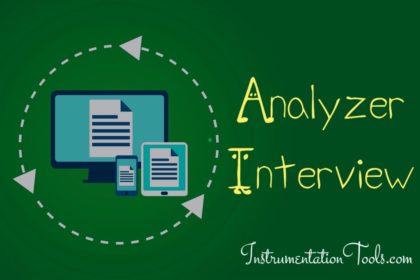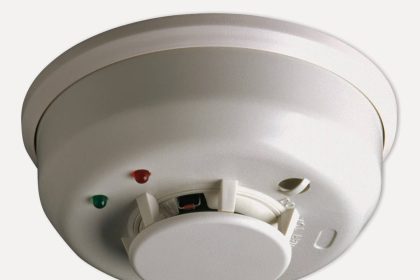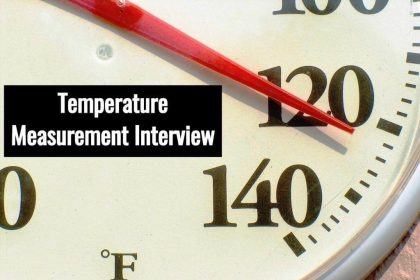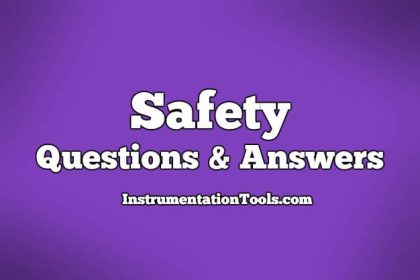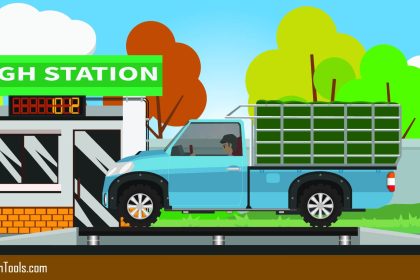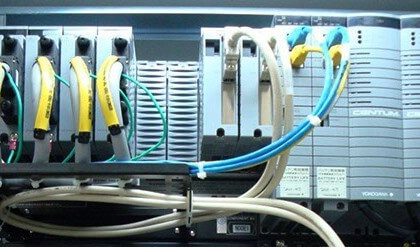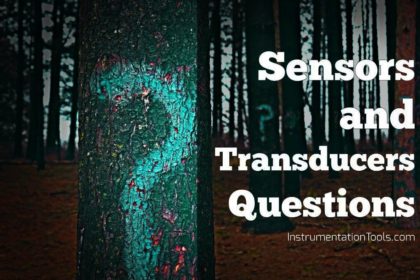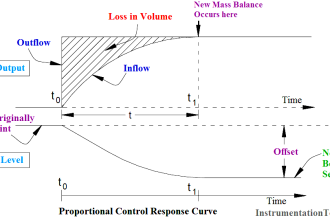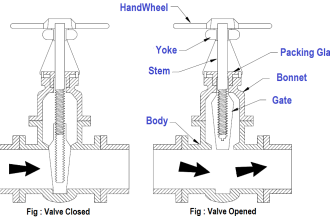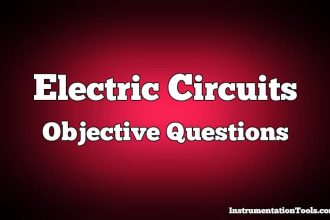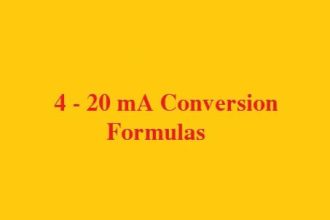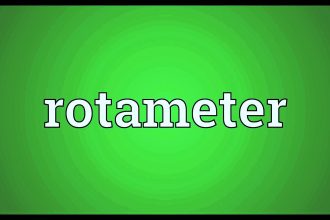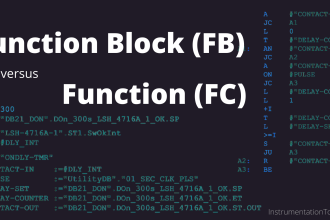We prepared the most frequently asked Instrumentation and Control Engineering Questions and Answers for your exam or interview preparation.
Instrumentation and Control Questions
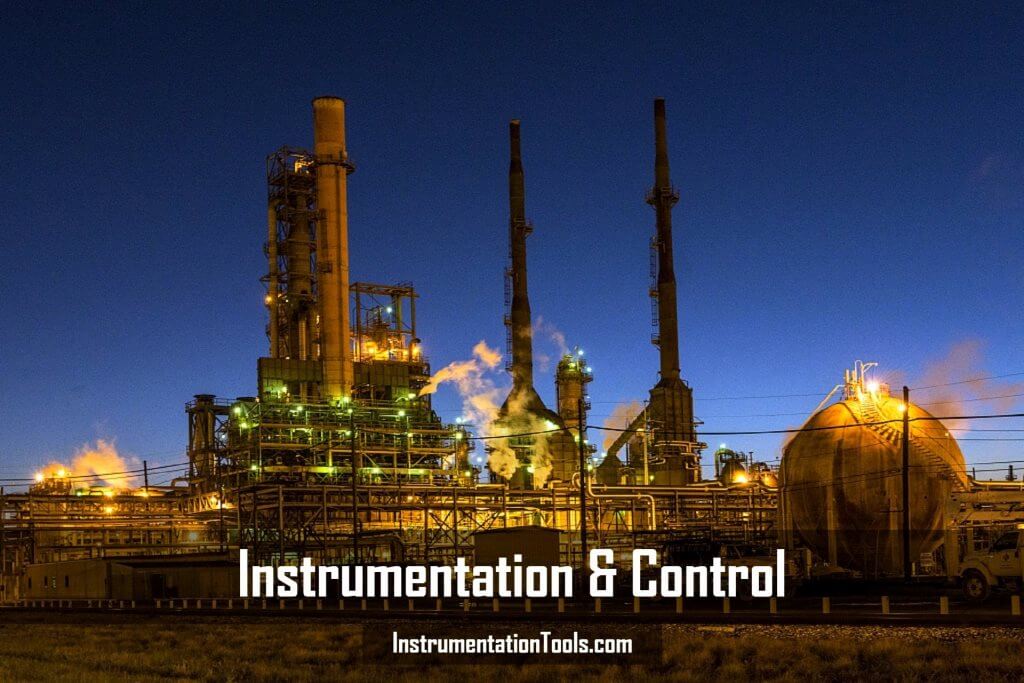
1 – What is the purpose of the balance line in a centrifugal compressor?
For any leak from the seal will equalize the pressure to suction and avoid exile displacement.
2 – What is the type of incident?
Minor, Major, war, Heavy rain, Earthquake.
3 – MIPP Major Incidents Procedure Plant
incidents category:-
- Initial call cut
- Miner
- Category 1
- Category 2
- Category 3
4 – Heat / Ex leak internally how?
- The tube sheet gasket damaged.
- Tube sheet gasket welded joint corroded.
- Tube corroded.
5 – High-pressure exchanger flange got fire unable to extinguished?
- First, we will fix the steam hose.
- Try to reduce inlet product.
- Try to isolate it if it is possible.
- Shut down carried out to avoid big fire.
6 – What is ( NPSH ) what happen if it is low?
Net positive suction head deferent at the pump suction due to the high of the liquid column, and if it’s low pump will cavitation (losing suction ).
7 – When you produce cold slop and hot slop?
- Producing cold slop during the unit start-up
- Producing hot slop during unit normal running
8 – A vassal with H / C and H2S, to be handed to M / D for internal, inspection of what you do?
- Isolated
- Drained
- Blinded
- Steam purge
- N2 purge
- Gas test, if it’s not free from gases filled with water and drained until gas will be free.
9 – Safety requirements for equipment’s:-
- Electrically isolated
- Inspection tested
- Isolated from gas, air, steam
- Drained
- Blinded
- Water flushed, steamed
- Severs, drain vapor covered tight
- Ventilated, gas freed
- Vehicle/equipment in good condition with spare arrester
10 – What is Protection measures?
- Protective clothing
- Eye goggles/face protection
- Welder/gas cutter shall wear full protection
- Safety belt and lifeline
- Breathing apparatus
- Cover with tarpaulin
- Remove flammable materials
11 – What is the flashpoint?
The temp. which the ignition takes place for inflammable material.
12 – What is the fire point?
The temp. which inflammable material start to burn continuously.
13 – What is the smoke point?
The point which liquid will start smoking.
14 – What is the freezing point?
The point in which liquid becomes solid.
15 – What is the critical temperature?
The minimum temp. required to start the reaction.
16 – What is the critical pressure?
The minimum pres. required to start the reaction.
17 – What is the dew point?
The dew point is the lowest temp. for gas when start cooling.
18 – What is exothermic?
The exothermic is the reaction given heat
19 – What is endothermic?
The endothermic is the reaction absorbing heat.
20 – What is the absorption?
The absorption is a chemical process.
21 – What is the adsorption?
The adsorption is a physical process.
22 – What is the corrosion?
The corrosion is a chemical reaction.
23 – What is errosion?
The errosion is a physical reaction.
24 – What is IHP?
IHP is an indicator horsepower.
25 – What is RLC?
RLC is running load current.
26 – What is DP cell?
DP cell is working in differential pressure.
27 – Hydrogen sulfide if it’s very low concentration it’s can be detected by smell?
Hydrogen sulfide can be detected by smell even 0.1 % concentration.
28 – When and how you do hot tapping?
It can be during unit running and on the live line.
Weld a piece of line with flange and fix the valve at the closed position then fix the hot tapping machine then start opening the valve and start hot taping operation.
29 – When you issue a hot permit and what you do?
For welding job and grinding also for x-ray and inspection and Buffing , sandblasting , jack hummer, and vehicle entry.
Fire station and safety to be informed while there is a welding job.
30 – When you have PSV backed from W / shop for installing what you do?
Check the tag No and the set point of pressure and check the lest renewal date, should be fixed on the right place and the right equipment, blind to be removed and isolation valve should be on the open position and car sealed, workshop certificate to be signed and filed.
31 – What is latent heat?
The latent is the heat given out or observed when the change of state substance from liquid to vapor or vapor to liquid.
32 – What is sensible heat?
The sensible heat is the heat given out or observed without change of state substance change.
33 – What is LEL?
LEL is lower explosive limit.
The lows concentration of gas in the atmosphere will cause an explosion when the source of heat is given.
34 – What is UEL ?
UEL is upper explosive limit.
The height concentration of gas in the atmosphere will not cause an explosion when the source of heat is given.
35 – What is LFL?
LFL is the lower flammable limit.
The lowest concentration of gas in atmosphere with will catch fire when source of heat is given .
36 – What is UFL?
UFL is the upper flammable limit.
The highest concentration of gas in atmosphere which will not catch fire when source of heat is given.
37 – What is TLV?
TLV is the threshold limit value.
The lowest concentration of gas in which a person can remain in the area.
38 – What is IBP?
IBP is the initial boiling point.
The lowest temp. at which liquid vapor is distilated.
39 – What is the allowable O2 % concentration to go inside vessel?
Allowable O2 % concentration is 19 %.
40 – What is the natural draft and balance draft and force draft?
Natural draft atmospheric air from inspection doors throw a long stack while the damper is open.
41 – What is the balanced draft?
Balance draft id from the flue gas section upstream of damper suction to the blower discharging downstream of damper while the damper is closed.
42 – What is the force draft ?
Force draft is atmospheric air throw main blower discharging upstream of damper while the damper is open.
43 – What is the use of a draft in heaters?
Draft in the heater with high stack crated vacuum if there’s no vacuum causes positive press which will cause backfire, hot spot, less heat transfer, ratio well effect.
44 – Where is the highest transfer temp. inside heater?
( Which section of the heater ) it is on the convection section.
45 – What is density?
The density is the most liquid per unit vellum at 15c kg, L .
46 – What is MVI?
MVI is the medium viscosity index.
The rate of changing of the viscosity of on oil :-
- If the rate is less —————- HVI
- If the rate is more ————— LVI
47 – What is saturated Hydrocarbon ?
Saturated hydrocarbon is single bound of Hydrogen ( less reactive )
48 – What is RVP?
RVP is the Reid vapor pressure
49 – What is unsaturated hydrocarbon?
Unsaturated hydrocarbon it is double bound of hydrogen ( more reactive )
50 – What is 90 octane?
The 90 octane is the knock value of fuel.
51 – What is 150 octane?
The 150 octane is having astander knock value of 100.
52 – What is API?
API is gravity American petroleum instate.
it is a measure of density ( which are lighter than H2O ) gravity at the temperature of 60 deg f.
53 – What is SP, GR?
SP , GR are specific gravity.
it is the measure of density ( which heavier than H2O ) ABI = 141.5 specific -131.5
54 – What is the meaning of too much air and too little execs air?
Too much air means that losing energy and required more fuel.
Too little air means that losing fuel and more CO form.
55 – How to control the draft inside the heater and where is the location of draft doors?
As much the damper is open we control the draft inside the heater . Located at the heater side the draft doors.
56 – What is the use of air preheater in heaters ?
To reduce fuel gas consumption.
57 – Why the compressor provided with the balanced line?
- To safe the compressor from the surge.
- To equalize inboard and outboard pressure.
- To prevent high carnet load on the compressor.
58 – Why the centrifugal pump discharge provided with NRV ( check valve )?
To safe the pump from backflow.
59 – Why mostly gate valves provided with bypass?
To safe the valve from damage as upstream pressure higher than downstream of the valve.
60 – What is a rotary pump?
The rotary pump has fixed flow and pressure.
61 – What is a centrifugal pump?
Centrifugal pump is the flow and pressure can be changed within its design it is used where velum is important than
discharge pressure = flow + pressure can be changed.
62 – What is a gear pump?
Gear pump it is used as in bulled pump for lab oil circulation for blowers and the compressor discharge valve should be open.
63 – What is a reciprocating pump?
Reciprocating pump is used for high discharge pressure required giving fix flow and pressure discharge valve should be open.
64 – Why high tension pumps provided with minimum flow lines?
To safe the pump and discharge line.
65 – Why we purge the firebox in heaters before starting burners?
- To avoid explosive
- To purge the Oxygen from the heater.
66 – Why the high-pressure hydrogen leak can catch fire?
the high-pressure hydrogen leak can catch fire due to:-
- UEL concentration low
- Static charging of Hydrogen
67 – The tank provided with a gauge column to avoid:-
- Static charging
- Accurate level
68 – Why tank roof breather is provided with flame arrester?
To prevent the ignition from the oil side.
69 – Why the crude is stored in a floating roof tank?
To prevent light end loss in a crude cause fire hazard.
70 – If excavation is more than one meter what you will do?
Showering shall be carried out.
71 – If excavation is to be made in poor soil or more than 3 meters what you will do?
We should be used as a sheet.
